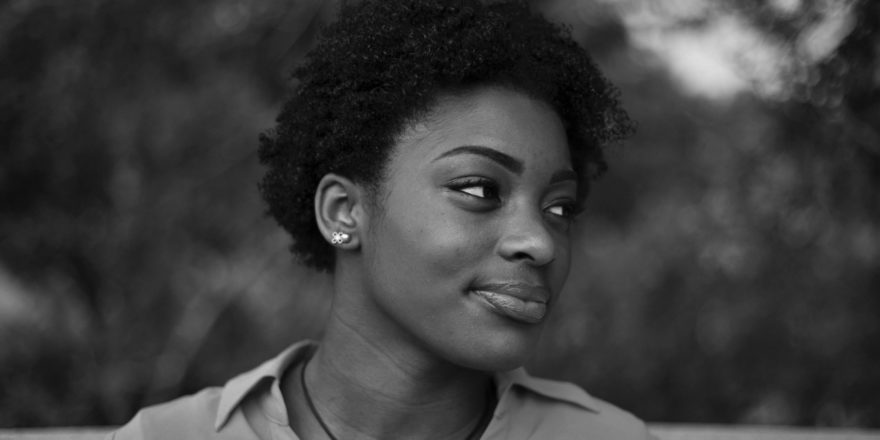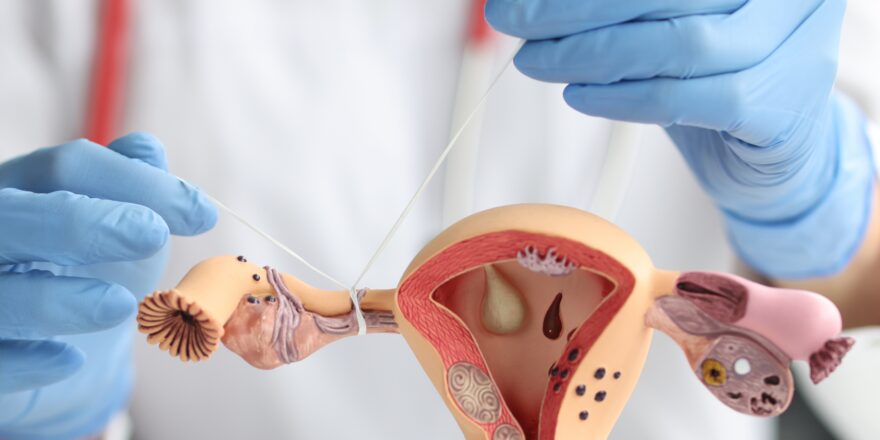Female age affects fertility, with peaks in a woman’s late teens and early 20s and doesn’t usually reduce noticeably until she reaches about 32. From this point, a woman’s fertility becomes increasingly affected by the number and quality of eggs she has remaining in her ovaries. However, it’s possible to check egg number status and improve personal fertility.
Girls reach puberty with a set number of eggs in their ovaries, which is called the “ovarian reserve”, and each month “batches” of eggs are recruited towards ovulation which inevitably reduces how many eggs are left. Two factors determine a woman’s ovarian reserve during her reproductive life:
- The size of her ovarian reserves at puberty
- How quickly her egg numbers decrease each month
There’s a lot of variation, and one woman in a thousand has exhausted her ovarian reserve by the age of 30, but ovarian reserve usually starts to affect conception rates from around the age of 32 (and more so from 35). Because the ovarian reserve is so crucial for a woman’s fertility, it’s recommended it should be measured when: i
- The woman is over 34
- The woman is under 34 but:
- She’s only got one ovary
- She’s had ovarian surgery
- Her response to follicle-stimulating hormone (FSH) stimulation is poor
- She’s had chemotherapy or radiation.
- The couple has a diagnosis of unexplained infertility
Measuring ovarian reserve
Two hormones can be used to measure ovarian reserve:
- Follicle-stimulating hormone (FSH) levels in the first three days of the menstrual cycle
- Anti-Mullerian hormone (AMH) levels throughout the cycle
AMH isn’t 100% accurate, but it’s more accurate for ovarian reserve ii and can help predict the age of menopause. iii The results give an indication of fertility for a given age, but rarely predict embryo quality or the likely success of IVF or natural conception. iv
Low ovarian reserve
Women over 35 who’ve not managed to conceive after trying for six months should get a “fertility workup” to detect possible blocks to pregnancy:
- Blood tests and scans for conditions that prevent pregnancy
- If nothing specific is found, then drugs to induce ovulation usually follows
- If this isn’t successful, some form of IVF may be suggested
Morefertile aims to raise natural fertility (or improve IVF success) with personalised advice and natural therapies. We think this is particularly appropriate for women with low ovarian reserve as this approach supports and maximises what you have, rather than pushing what’s left to the limit.
Risks for older parents
All pregnancies carry an element of risk, and these increase as we age, and the risks of chromosomal abnormalities (such as Down’s syndrome) and miscarriage increase as parents get older. Older couples should know male fertility and semen quality reduces with age and that the combination of age from both partners, not just the mother, is important when trying for a baby. Fortunately, a man’s sperm quality can be improved, either by following PFP advice, the suggestions in male treatments, or both.
Family planning
Knowing their ovarian reserve can enable some women to take more control of their family planning. It opens a window on their current and future fertility, with possibilities to plan a family and career if eggs are collected and frozen for future use. This isn’t available to everyone, and few women consider this a priority before their 30s but may be crucial if there’s a family history of early menopause.
However, all fertility experts agree that family planning should be done earlier rather than later and that when the ovarian reserve is low, the focus should be on improving egg quality because all babies come from a single good-quality egg.
Quality v’s Quantity
The dominant follicle usually produces the best quality egg each cycle, and this is the egg that’s ovulated in natural cycles. IVF success falls rapidly as women age because egg quality is generally lower, and stimulation simply increases the number of eggs that mature. The stimulation may cause a reduction in egg quality as precious resources are spread thinly across more large eggs.
It’s thought only half of all the eggs a woman ovulates in her lifetime are viable, and the percentage falls with age. While IVF increases the number of mature eggs in a cycle, it doesn’t improve egg quality and is a factor for very low IVF success rates for older women.
An alternative approach is to focus on raising egg quality (rather than forcing more eggs to maturity), with the understanding that getting pregnant is a “number’s game” and only about ¼ of the cycles are likely to be viable when the ovarian reserve is low. The best way to raise egg quality is:
- Reduce damage to eggs as they grow
- Promote the function of the ovaries, tubes and womb
Research into medicinal herbs and supplements suggests they can reduce FSH levels, improve cycle dynamics and increase live birth rates, even when the ovarian reserve is low.
ii ‘Antimullerian hormone serum levels: a putative marker for ovarian aging.’ de Vet A, Laven JS, de Jong FH, Themmen AP, Fauser BC Fertil Steril 77:357–362. 2002
iii ‘Anti-Mullerian Hormone and Inhibin B in the definition of Ovarian Aging and the Menopause Transition’ MaryFran R, et al. J Clin Endocrinol Metab. 93: 3478–3483, 2008.
iv ‘The value of anti-Müllerian hormone measurement in the long GnRH agonist protocol: association with ovarian response and gonadotrophin-dose adjustments’ E. Anckaert et al. Hum. Reprod. (2012) 27 (6): 1829-1839.




